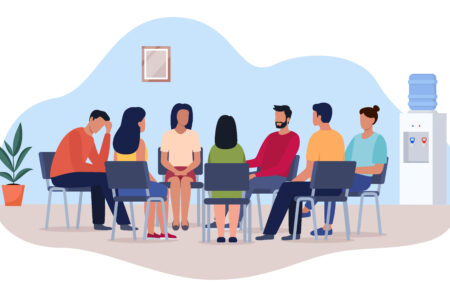It was that mean child… or was it?
The typical idea of a bully is a mean child who wants to dominate their peers. However, understanding social interactions in this light only gives part of the story. We need more nuance in the discussion of bullying to find fitting solutions to different problems.
Bullying for popularity
If you ask children why other children bully, they often answer that bullies aim for a better social position. “They bully to become popular. Children want to sit with children who are popular and act tough.” children say in the mini documentary from Neurolab (video in Dutch, soon to be subtitled in English). Many (successful) anti-bullying programs aim to change the social power children gain from bullying. If other children do not support the actions of bullies but instead try to help and support victims, the social reward for the bully falls away, which decreases the likelihood of bullying. This approach has shown positive results, but not all children benefit to the same extent. Therefore, another approach is also needed.
Bullying after provocation
If you ask children who bully other children why they act this way, they give a different answer. Bullies often say that they were being provoked or attacked, and that their behavior was a reaction to that of other children. This reactive type of bullying does not fit the idea of a mean child. It is an impulsive reaction out of anger, or an attempt to take revenge, caused by injustice, provocation or victimization (whether actual of perceived). This requires a different approach: interventions focusing on understanding intentions, regulating emotions, and learning to solve problems constructively.
Bullying is not black and white
If children perceive themselves as the victim of a situation, they may not feel addressed when anti-bullying interventions talk about ‘bullies’. Indeed, if you ask children directly whether they bully, only a small number of children will confirm this (1%), whereas a much larger group state that they are bullied (16%), or that they are both bully and victim (1%). Additionally, the relation between self-report and peer-report bullying is not strong. These data suggest that children are less likely to view their own behavior as bullying.
If we ask not about ‘bullying’, but about how often children show specific negative behaviors, we get a different picture. Most children acknowledge that they sometimes engage in intentional negative behavior such as laughing at someone, not letting someone join in, or hurting someone. In research we often use this information to categorize children as ´bullies´ or ´uninvolved´ children. If a child’s negative behavior is not serious, they will not be categorized as a ‘bully’. This suggest that they are not involved in bullying at all, whereas in reality bullying is better described as a continuum.
Focus on grey areas
If in interventions we talk about ‘bullies’, many children will not feel the intervention applies to them, even though they sometimes act in a negative manner towards others. “The teacher thought we were bullying, but it was just a game. And I only pushed once.’ It is important that children learn to understand their own role in social interactions and are able to empathize with other children in a given situation. These situations should not be discussed in terms of ‘bullying or teasing’, because this often does not reflect the complex interplay in social interactions. Instead the complexity of situations should be discussed. Especially the grey area between neutral and negative situations provides children with interesting learning opportunities. Sometimes children have an argument; sometimes there is a misunderstanding; and sometimes children just want different things. It is helpful to discuss with children what they can do in different situations to stop escalation and promote positive interactions.
More information: Neurolab





